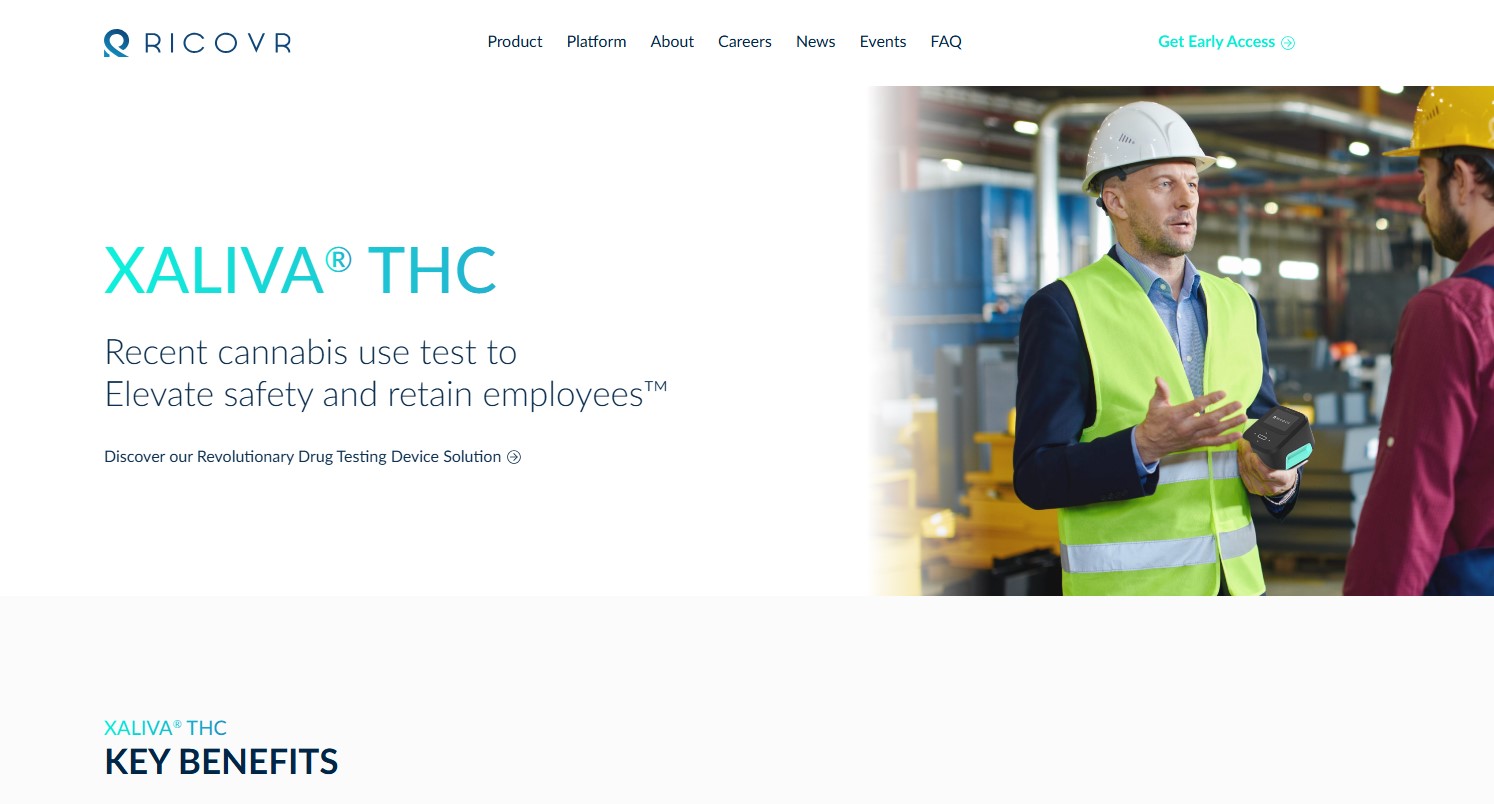Growth of Cannabis Edibles and the Potential Impact on the Workplace

Cannabis edibles have become increasingly popular as more states legalize THC for medical and recreational use. These products, which include gummies, brownies, cookies, and other items, are a convenient and discreet way to consume cannabis, and they can offer a variety of benefits for users. Overall edibles sales grew by more than 20% from $1.15 billion in 2020 to $1.38 billion in 2021. (1) It is the fastest-growing product type within the cannabis market.
Cannabis edibles have become increasingly popular as more states legalize THC for medical and recreational use. These products, which include gummies, brownies, cookies, and other items, are a convenient and discreet way to consume cannabis, and they can offer a variety of benefits for users. Overall edibles sales grew by more than 20% from $1.15 billion in 2020 to $1.38 billion in 2021. (1) It is the fastest-growing product type within the cannabis market.
However, as the use of cannabis edibles becomes more widespread, there is growing concern about their impact in the workplace. Many employers are worried about the potential for employees to show up for work under the influence of cannabis, which could lead to decreased productivity, increased accidents, and other problems.
Edibles have a delayed effect on the user
One of the biggest challenges with cannabis edibles is that their effects can take longer to set in than other forms of cannabis, such as smoking or vaping. This means an employee may consume an edible before work, thinking they will be fine, only to feel the effects hours later while on the job.
The effects last longer than smoking
Another concern is that the effects of cannabis edibles can last longer than those of other forms of cannabis, which could mean that an employee may be impaired for a longer period of time. This is particularly concerning for safety-sensitive jobs that require operating heavy machinery, driving, or making important decisions.
When cannabis is ingested, it takes much longer for it to be absorbed into the bloodstream and for its effects to be felt by the brain and body. Effects can last up to 12 hours, and some residual effects could last up to 24 hours after use. (2)
Optimal method of recent edible use detection
To address these concerns, many employers are implementing saliva-based drug testing policies to detect recent use of cannabis within the workday. Saliva testing is highly accurate, as it can detect recent cannabis use within the past 12 hours or less, depending on the THC cut-off level. (3) This provides the optimal detection length to provide fairness to responsible cannabis users and maintain safety. It is the only test method with a window of detection that begins after use and lasts for the entire THC window of impairment or workday.
It is important to note that breath testing or cannabis breathalyzers may not be able to detect edibles. No academic research to date shows that breath testing can effectively detect THC consumed in an edible. Breath testing could lead to adverse safety outcomes if implemented in workplaces, as edibles are the fastest-growing method of cannabis consumption.
As more states legalize cannabis, employers will need to develop a clear HR policy about workplace use of cannabis. This policy should include guidelines for drug testing and education for employees about the effects of cannabis edibles and their potential to cause impairment.
In conclusion, while cannabis edibles offer many benefits to the user, employers need to be aware of the potential risks they pose in the workplace. By implementing clear policies and educating employees, employers can help ensure a safe and productive work environment.



